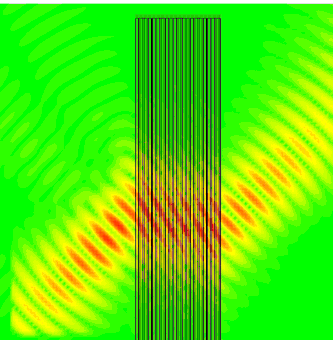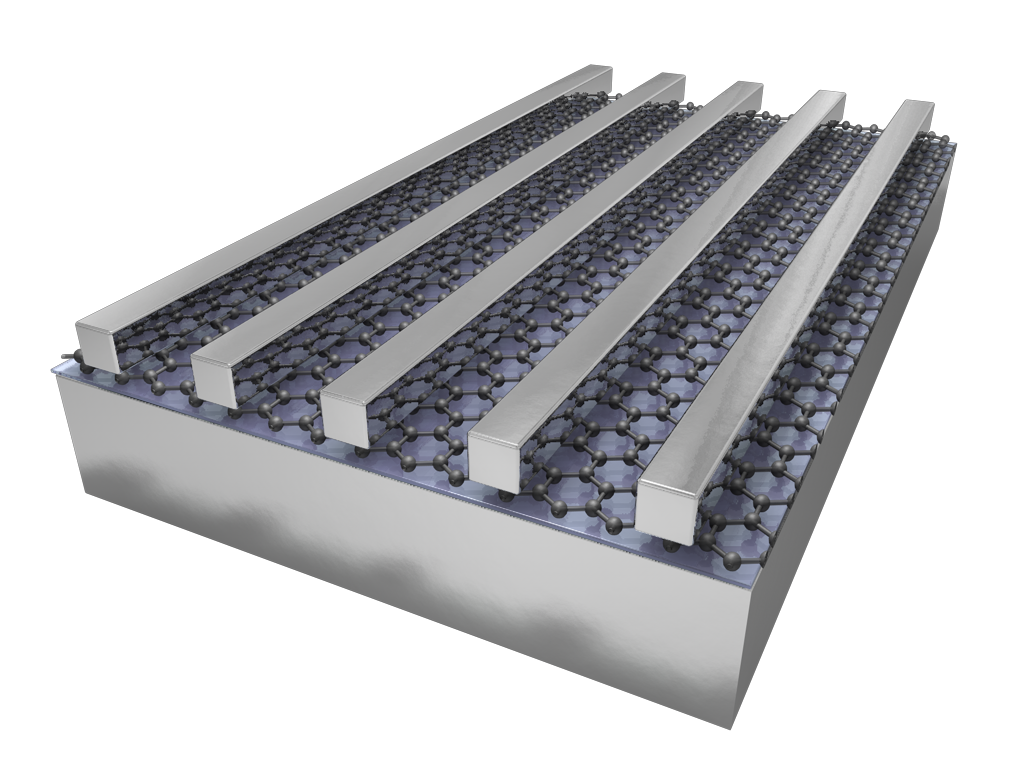

The currently proposed metamaterial and plasmonic devices have intrinsic physical limitations, such as extremely narrowband operation, high losses, weak optical nonlinear response, low tunability and poor reconfigurable operation. We will propose ways to overcome these inherent limitations based on the introduction of active and nonlinear media. Even more exotic and breakthrough functionalities may be achieved with reconfigurable and tunable metamaterials and nonlinear plasmonic devices leading to enhanced light-matter interactions, strong nonlinear and quantum effects, and tunable sensing. We are planning to introduce and develop novel ideas and revolutionary concepts to model, design, analyze, fabricate and characterize ultrafast, low-power, high-density, high-efficiency compact all-optical switches, light modulators, ultrasensitive sensors and other novel optical components, for the next generation of integrated nanophotonic systems. We will also develop accurate and efficient time and frequency domain computational methods to simulate and study a large range of metamaterial and plasmonic structures with exotic properties and functionalities. The derived computational modelling methods will become an inseparable numerical tool to the experimental verification of the aforementioned new optical devices.
We strongly believe that the proposed results will have major scientific and industrial impact. The fields that can benefit from our research are nonlinear optics, imaging, sensing, spectroscopy, filtering, photovoltaics, radiation, communication, defense, and quantum data information processing. They span several scientific areas, such as engineering, telecommunications, biology, medicine, material science and optics.